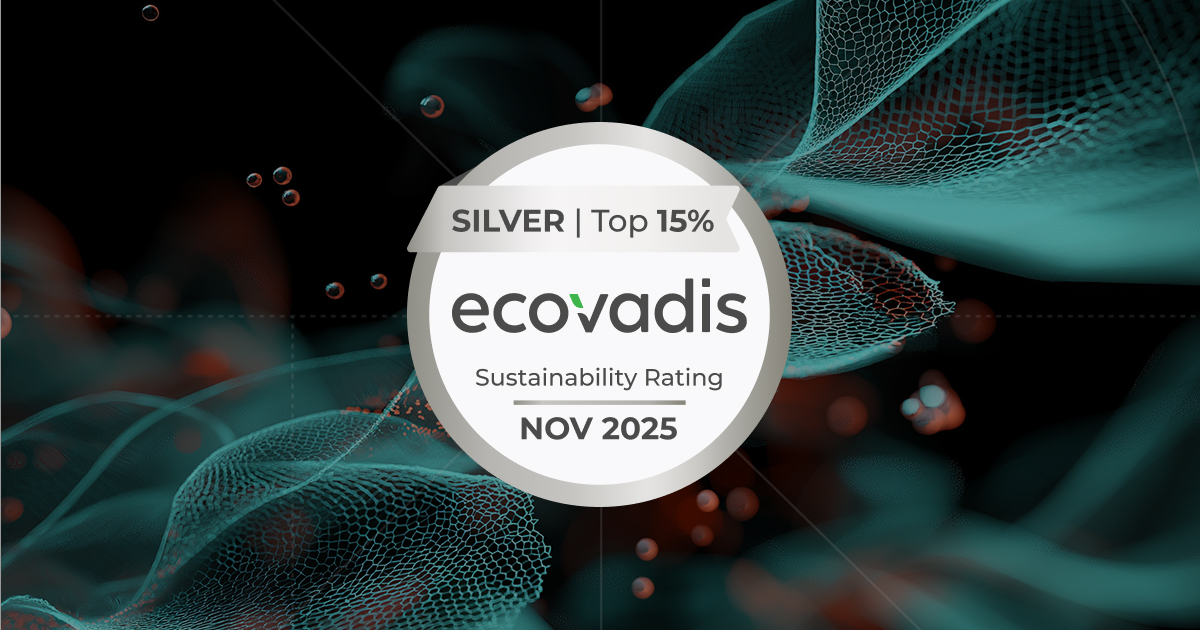Learning from the best: How to master corporate venture building innovations
An Interview with Stanford Professor Yossi Feinberg by Sven Jungmann.


Corporate Venturing is growing up. Many established organisations have long understood that innovation isn’t just for startups. In fact, corporates often have a strong competitive advantage over entrepreneurs. As we discuss in our book, incumbents can maximize the leverage available via their existing assets — industry expertise, plant, data, reputation and so on — and create a portfolio of aligned but independent new businesses.
However, harnessing those assets and balancing entrepreneurial with corporate mindsets is more challenging than it first seems. Especially among non-digitally native companies, the level of ‘venturing maturity’ varies massively, even within the same industry or country.
This is why we’re pleased to see that Stanford’s Yossi Feinberg is offering a 3-week executive course named “Driving Innovation and New Ventures in Established Organizations” which aims at professionalising corporate venturing and other aspects of corporate innovation. The course helps participants develop a comprehensive view of innovation in large organizations from a wide range of perspectives and disciplines such as finance, operations, strategy, behavioural psychology, organizational design, and organizational culture. It teaches the best practices and tools for implementing innovation such as customer-focused innovation, business model innovation, storytelling, and influence.
The course, in our view, is much needed and comes at the right time to help companies drive the meaningful structural change that our societies urgently need.
We spoke with Yossi to learn more about the programme and his views on corporate innovation.
Yossi Feinberg received his PhD in Mathematics from the Hebrew University in Jerusalem in 1997. His thesis studied how differing prior beliefs of decision-makers can be expressed by their disagreement on current (posterior) events. Yossi joined Stanford GSB in 1998. Yossi’s recent research interests include, for example, the analysis and implication of strategic decision making in the face of unawareness. He has been consulting in a wide range of industries including hi-tech, media and healthcare as well as giving invited talks on topics such as pricing, the sub-prime crisis, in-house vs. outsourcing, allocating decision power in organizations and strategic interactions.
Here’s the interview
What are the biggest obstacles your executives face when it comes to corporate venturing?
Many of the executives I meet are looking to generate successful innovation that fits their company and industry. The biggest obstacle they face is how to translate high-level innovation principles and practices they have seen other firms, or startups follow, to their own context.
And what do you think are the most important learnings your executive students are making during the programme?
We build on the rigorous thinking about all aspects of innovation in large organizations that our faculty have been studying. We use the learnings in the disciplines you mentioned above to build a body of knowledge of best practices, innovative mindsets and frameworks for innovation. We then dive into understanding why and when these best practices work, how to examine your organization and its innovation capabilities and limitations, as well as the environment in which you operate. Bringing this together allows our participants to apply the frameworks and turn the insights into actions that drive innovation in their unique settings.
When we speak with people in established organisations that have just started to develop a digital innovation strategy, they are often overwhelmed by all the options. What’s your advice for digital innovation leaders on where to start?
Digitization is one of the most powerful ways to innovate and is truly revolutionizing businesses and society as a whole. But digital innovation requires human ingenuity. Its success depends on figuring out what new value we are creating. If your team cannot articulate exactly why and how they expect a new technology will generate value, it most likely won’t. If I had to state this in a short sentence, I’d say that if you know exactly what problem you are trying to solve, figuring which technology solves it best is a lot easier.
Beyond the Design Thinking Hype
Design Thinking is still all the hype everywhere, but increasingly, people are also expressing disappointment with the outcomes it generates. What needs to change so that it doesn’t end up as mere innovation theatre but really helps create meaningful innovations?
You make a great point. This is maybe the most prominent example of when doing only some part of an innovation process can do more harm than good.
"Design thinking is a fantastic methodology, it is great for ideation, developing best practices in team dynamics and a customer-focused mindset, among its many benefits. But what happens next?''
If ideas are not eventually executed, how do the people who participated in the process feel? How do you plan to translate all these benefits and impact day to day behaviour? Ideas are easy to come by, executing on something new is where things get messy, and if you want a more innovative mindset it requires changes to how people make decisions, have ownership, communicate and deal with uncertainty and ambiguity. Individual tools are great if they are part of a bigger more complete picture, otherwise, we are dooming them to fail.
You teach that the static model of strategy, as popularised by Porter and colleagues, is ill-suited for innovation in digitising ecosystems. Can you tell us a little more about that?
There is an inherent tension between the classic strategy models that focus on aligning all parts of the organization to achieve a single clear goal. This alignment leads to efficiency and a coordinated effort in producing repeated value in a static environment. However, the rate of change in all industries has been accelerating. To thrive, or even survive, firms need to move faster and constantly innovate and create new value. This seems to be at odds with perfect alignment. Innovation requires that you explore the unknown, it requires testing your hypothesis, and if you are not occasionally failing and need to correct course, you aren’t really challenging the possibilities. Solving this tension requires that innovation becomes your strategy, that your organization is highly aligned in generating and supporting innovation. This is particularly true when you think about digitizing. The premise here is that you build the capabilities to change, that you shorten existing innovation cycles and enable the exploration and execution of new value propositions and even new business models.
Most of our audience here are corporate innovation leaders and entrepreneurs from Europe. So they might be keen to hear your thoughts on what they should learn from Silicon Valley?
I have taught and worked with entrepreneurs from all over the globe, be it China, Chile or both sides of the Channel. Most importantly, I had the privilege to learn from them as their local ecosystems grew. What I observed was that many entrepreneurs were well versed in various popularized lessons from the valley. It was only the best of them who examined the causality behind these lessons and were able to determine which lessons apply to their own ventures.
''Learning, from any experience, whether it is in Silicon Valley, or around the world, is about constantly seeking to understand why things happen, it is the only way you can apply the most relevant insights to your particular situation.''
The challenges of corporate innovation
What is one thing you wish you knew before you went into the field of corporate innovation?
I did not fully grasp the sheer monumental size of the literature across so many research disciplines that provide crucial insights on the topic. From operations, economics, finance, through neuroscience, psychology, and, at the centre, sociology and strategy and the direct study of innovation in organizations.
Knowing that now, do you regret going into this field?
On the contrary. It gave me a deep appreciation of the hard work and creative research done across so many fields. It emphasised how important innovation in organizations is, especially since so much of humanity’ capital resides in these organisations. It also clarified the importance of interdisciplinary understanding of the topic. With corporate innovation, it is what you aren’t thinking about that is going to get you.
Click here to learn more about the application process Stanford’s Driving Innovation and New Ventures in Established Organisations course or contact Molly Patrick, Associate Director, Programs Executive Education. If you want to know more about Creative Dock’s approach to Corporate Venture Building in healthcare, feel free to contact us.



.webp)










%20(1).jpg)































































